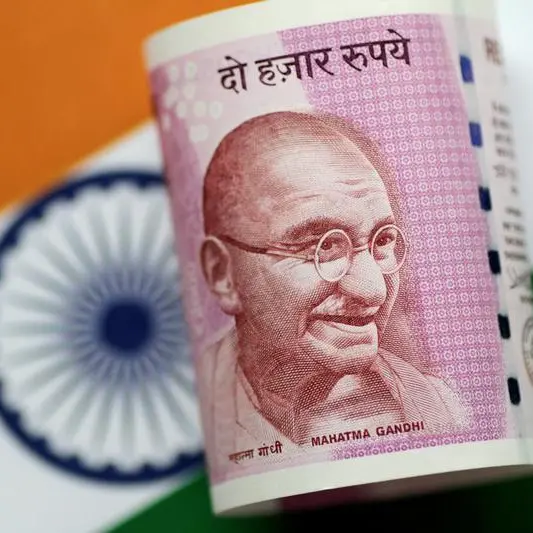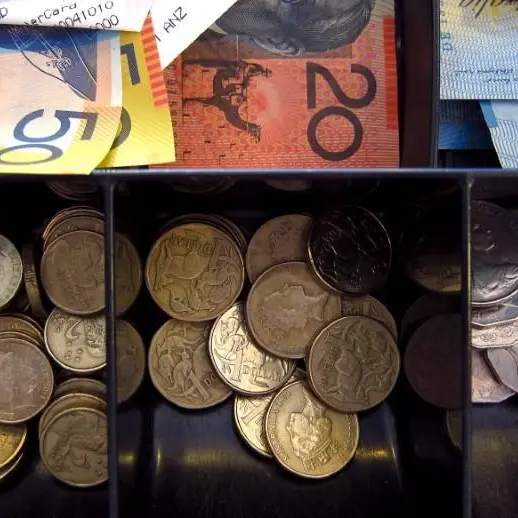* Bond sale about twice size that investors expected
* Covered over 90 percent of foreign borrowing plan
* Puts public finances in "safe space" for now
* But government still struggling to raise revenues
* U.S. rate hikes, rating changes could affect future issues
By Davide Barbuscia
DUBAI, March 2 (Reuters) - Oman's government has given itself breathing space from the pressure of financing a large budget deficit by selling $5 billion of international bonds, almost completing its entire foreign borrowing plan for 2017 in a single issue.
Wednesday's bond sale, in tranches of five, 10 and 30 years, was about double the size that most investors had expected and a huge amount for a country which returned to the international bond market in 2016 after an absence of two decades.
Order books for the issue totalled $20 billion, bankers said, showing that though Oman is among the financially weakest oil exporters in the Gulf, it can for now count on strong international demand for its high-yielding debt.
At the beginning of this year, Oman said it planned to cover a projected 3 billion rial ($7.8 billion) budget deficit in 2017 with 2.1 billion rials of international borrowing, 400 million rials of domestic borrowing and the drawdown of 500 million rials from financial reserves.
This week's bond sale covered over 90 percent of the international borrowing plan. The early issuance may save money for Oman since U.S. interest rate hikes are set to resume as soon as this month, and given the risk that credit rating agencies could lower Oman's rating or outlook later this year.
"Unless they spend more than planned - which may be a possibility - they may not need to tap the international debt market again" this year, said Anita Yadav, head of fixed income research at Emirates NBD.
Alternatively, if Oman does choose to raise more foreign debt abroad this year, it could reduce its domestic borrowing, which threatens to hurt the economy by tightening liquidity in the banking system.
Oman's issue this week "put its public finances in a safe space and removed potential disruptive causes of uncertainty", said Fabio Scacciavillani, chief strategy officer at Oman Investment Fund, one of the country's sovereign funds.
TRANCHES
The five-year tranche, a maturity which traditionally attracts demand from Gulf investors, totalled $1 billion, while the 10- and 30-year tranches raised $2 billion each.
Much of the two longer tranches appeared to go to U.S. investors, who also snapped up Saudi Arabia's debut bond issue last October. This reduced the impact of Oman's bond on liquidity within the region, bankers said.
The five-year bond was launched at 190 basis points over mid-swaps, the 10-year at 300 bps over and the 30-year at 387.5 bps over.
"The government would have paid more if the deal had been done after a U.S. rate hike. Also the risk of a rating downgrade is non-negligible, given that Standard & Poor's has a negative outlook on its BBB- rating on Oman. Pricing would have been a lot higher if the rating had changed negatively," said Yadav.
The rating risk suggests Oman's next international debt sale may be more difficult. The government is seeking to increase revenues through a range of reforms but has limited room to manoeuvre.
In early February, public criticism of the government's hikes of local fuel prices prompted the cabinet to freeze the price of the basic type of gasoline, pending new steps to compensate poorer Omanis.
Last week, the finance ministry raised the basic corporate income tax rate to 15 percent from 12 percent, imposed a 3 percent rate on very small companies that had previously been exempt, and removed other exemptions.
Analysts at U Capital Research estimated the 15 percent rate would increase tax revenue by only about 33 million rials. A bigger tax increase could risk a slowdown in the economy while it is already under pressure from low oil prices.
(Editing by Andrew Torchia and Catherine Evans) ((Davide.Barbuscia@thomsonreuters.com;))
* Covered over 90 percent of foreign borrowing plan
* Puts public finances in "safe space" for now
* But government still struggling to raise revenues
* U.S. rate hikes, rating changes could affect future issues
By Davide Barbuscia
DUBAI, March 2 (Reuters) - Oman's government has given itself breathing space from the pressure of financing a large budget deficit by selling $5 billion of international bonds, almost completing its entire foreign borrowing plan for 2017 in a single issue.
Wednesday's bond sale, in tranches of five, 10 and 30 years, was about double the size that most investors had expected and a huge amount for a country which returned to the international bond market in 2016 after an absence of two decades.
Order books for the issue totalled $20 billion, bankers said, showing that though Oman is among the financially weakest oil exporters in the Gulf, it can for now count on strong international demand for its high-yielding debt.
At the beginning of this year, Oman said it planned to cover a projected 3 billion rial ($7.8 billion) budget deficit in 2017 with 2.1 billion rials of international borrowing, 400 million rials of domestic borrowing and the drawdown of 500 million rials from financial reserves.
This week's bond sale covered over 90 percent of the international borrowing plan. The early issuance may save money for Oman since U.S. interest rate hikes are set to resume as soon as this month, and given the risk that credit rating agencies could lower Oman's rating or outlook later this year.
"Unless they spend more than planned - which may be a possibility - they may not need to tap the international debt market again" this year, said Anita Yadav, head of fixed income research at Emirates NBD.
Alternatively, if Oman does choose to raise more foreign debt abroad this year, it could reduce its domestic borrowing, which threatens to hurt the economy by tightening liquidity in the banking system.
Oman's issue this week "put its public finances in a safe space and removed potential disruptive causes of uncertainty", said Fabio Scacciavillani, chief strategy officer at Oman Investment Fund, one of the country's sovereign funds.
TRANCHES
The five-year tranche, a maturity which traditionally attracts demand from Gulf investors, totalled $1 billion, while the 10- and 30-year tranches raised $2 billion each.
Much of the two longer tranches appeared to go to U.S. investors, who also snapped up Saudi Arabia's debut bond issue last October. This reduced the impact of Oman's bond on liquidity within the region, bankers said.
The five-year bond was launched at 190 basis points over mid-swaps, the 10-year at 300 bps over and the 30-year at 387.5 bps over.
"The government would have paid more if the deal had been done after a U.S. rate hike. Also the risk of a rating downgrade is non-negligible, given that Standard & Poor's has a negative outlook on its BBB- rating on Oman. Pricing would have been a lot higher if the rating had changed negatively," said Yadav.
The rating risk suggests Oman's next international debt sale may be more difficult. The government is seeking to increase revenues through a range of reforms but has limited room to manoeuvre.
In early February, public criticism of the government's hikes of local fuel prices prompted the cabinet to freeze the price of the basic type of gasoline, pending new steps to compensate poorer Omanis.
Last week, the finance ministry raised the basic corporate income tax rate to 15 percent from 12 percent, imposed a 3 percent rate on very small companies that had previously been exempt, and removed other exemptions.
Analysts at U Capital Research estimated the 15 percent rate would increase tax revenue by only about 33 million rials. A bigger tax increase could risk a slowdown in the economy while it is already under pressure from low oil prices.
(Editing by Andrew Torchia and Catherine Evans) ((Davide.Barbuscia@thomsonreuters.com;))











